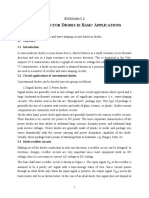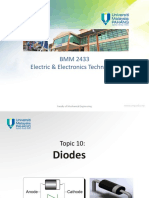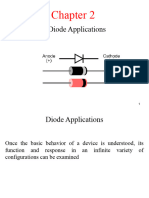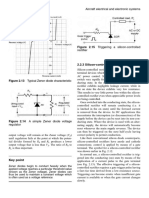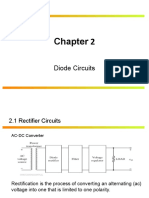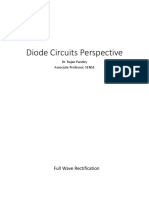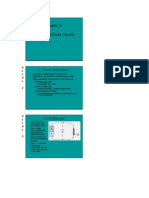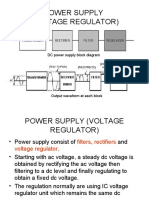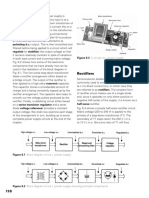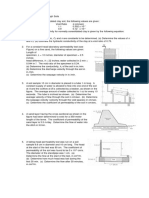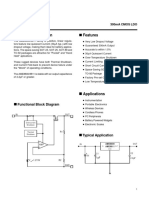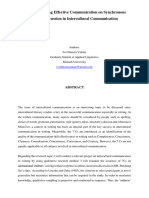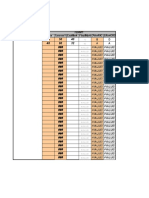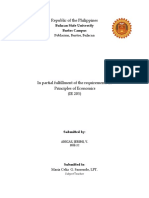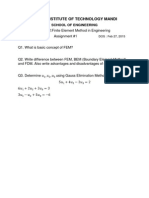0% found this document useful (0 votes)
196 views115 pagesElectronics for Engineering Students
Here are some ways diodes can help solve this problem:
1. Connect a diode in parallel with the switch so that when the switch opens, current can continue flowing through the diode instead of arcing across the switch contacts. This allows the current to reduce more gradually.
2. Connect two diodes back-to-back (opposite polarity) in parallel with the switch. Now when the switch opens, current can continue through one diode in either direction, smoothing out the current change.
3. Add a flyback diode in parallel with the inductive element (coil, motor, etc). Now when the switch opens, current has an path through the flyback diode instead of arcing.
So in
Uploaded by
Giang NguyễnCopyright
© © All Rights Reserved
We take content rights seriously. If you suspect this is your content, claim it here.
Available Formats
Download as PDF, TXT or read online on Scribd
0% found this document useful (0 votes)
196 views115 pagesElectronics for Engineering Students
Here are some ways diodes can help solve this problem:
1. Connect a diode in parallel with the switch so that when the switch opens, current can continue flowing through the diode instead of arcing across the switch contacts. This allows the current to reduce more gradually.
2. Connect two diodes back-to-back (opposite polarity) in parallel with the switch. Now when the switch opens, current can continue through one diode in either direction, smoothing out the current change.
3. Add a flyback diode in parallel with the inductive element (coil, motor, etc). Now when the switch opens, current has an path through the flyback diode instead of arcing.
So in
Uploaded by
Giang NguyễnCopyright
© © All Rights Reserved
We take content rights seriously. If you suspect this is your content, claim it here.
Available Formats
Download as PDF, TXT or read online on Scribd
/ 115




